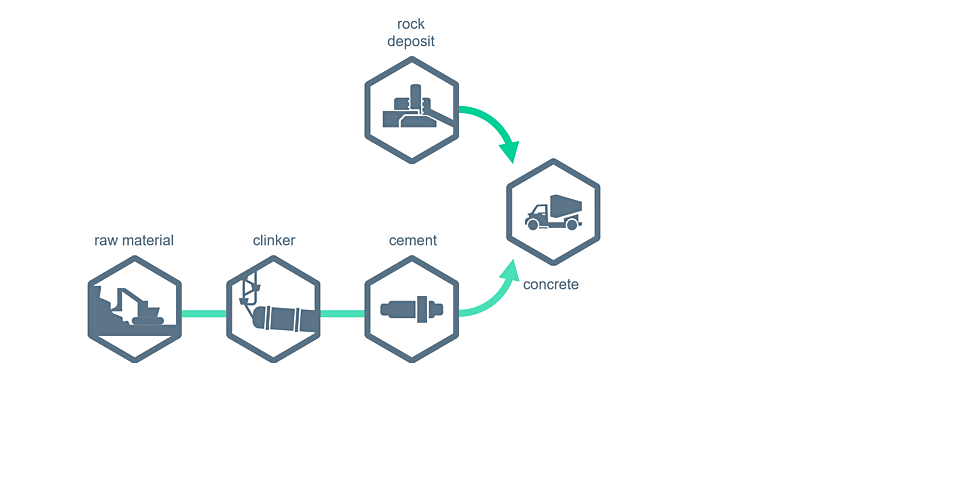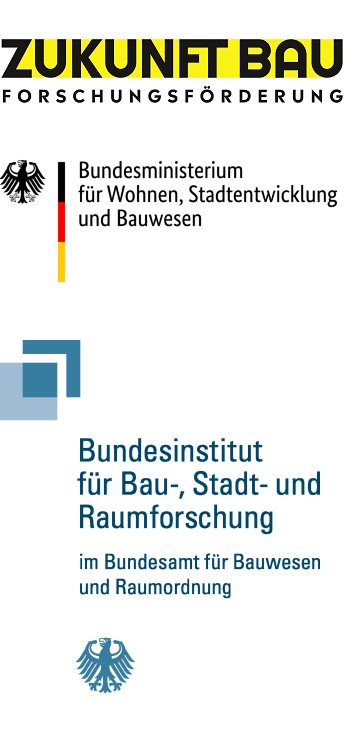In the context of the decarbonisation and the preservation of natural resources in the cement and concrete industry, materials such as recycled concrete fines, calcined clays will be increasingly used to reduce the clinker content in cements. As a result, cements of the future will have a more complex composition. Standardised regulations for the practical use of these products as construction material require the qualitative and quantitative determination of the cement composition. Many of the novel cement constituents contain higher quantities of additional X-ray amorphous components. This leads to enhanced requirements on the analytical methods with regard to accuracy/reproducibility. Current methods of laboratory monitoring cannot guarantee reliable analyses at all or only to a limited extent. Since standardized regulations require these analyses, there is a risk that potentially suitable constituents cannot be used in construction practice for analytical reasons. The use of these materials in cements should be made feasible by infrared spectroscopy. In contrast to established analytical methods, the measuring principle of infrared spectroscopy is independent of the crystallinity of the individual constituents. Based on a fast and low preparation measurement and identification of silica based components by chemometrics (fingerprints), the current research project investigates whether and to what extent the composition of cements can be determined and monitored qualitatively and quantitatively. In a next step, the possibility of reliable identification of X-ray amorphous components should also be extended to alkali-reactive aggregates. Through selected identification of potentially damaging aggregates and subsequent separation from the material flow of the deposit/urban mining, these siliceous aggregates can be used, for example, as a raw material in cement production. The analysis concept developed is intended to form the basis for establishing infrared spectroscopy as an analytical method for more refined characterisation of material flows of known and unknown substances according to its material characteristics. Thus, the circular economy in the construction and building sector can be improved and sustainability strengthened.
Systematic application of IR spectroscopy to strengthen the circular economy in the construction industry
In this research project, IR spectroscopy in combination with mathematical tools (chemometrics) is going to be evaluated as an analytical method for the characterisation of silica based materials, primarily X-ray amorphous materials, with regard to the reliable determination of the composition of material mixtures with X-ray amorphous materials (e.g. ternary cements with calcined clay and/or recycled concrete fines). In a next step, the findings on the analytical method and evaluation routines developed for cement are going to be evaluated with regard to their transferability to siliceous aggregates for estimating its alkali sensitivity.
Background and aims of the project:

Sponsors

This project was funded by the Federal Institute for Research on Building, Urban Affairs and Spatial Development on behalf of the Federal Ministry of Housing, Urban Development and Building with funds from the Zukunft Bau research programme.
